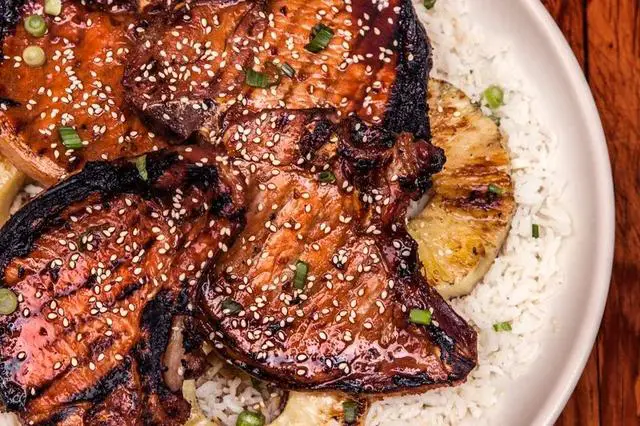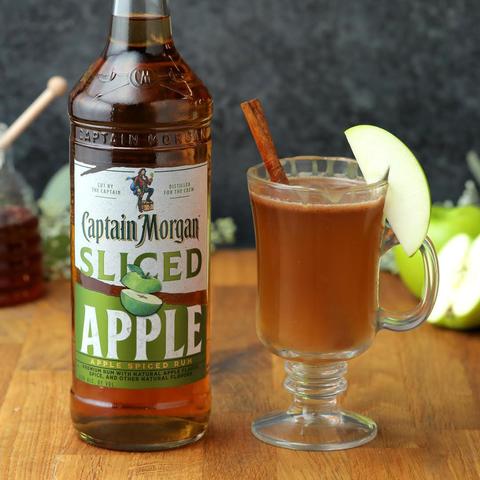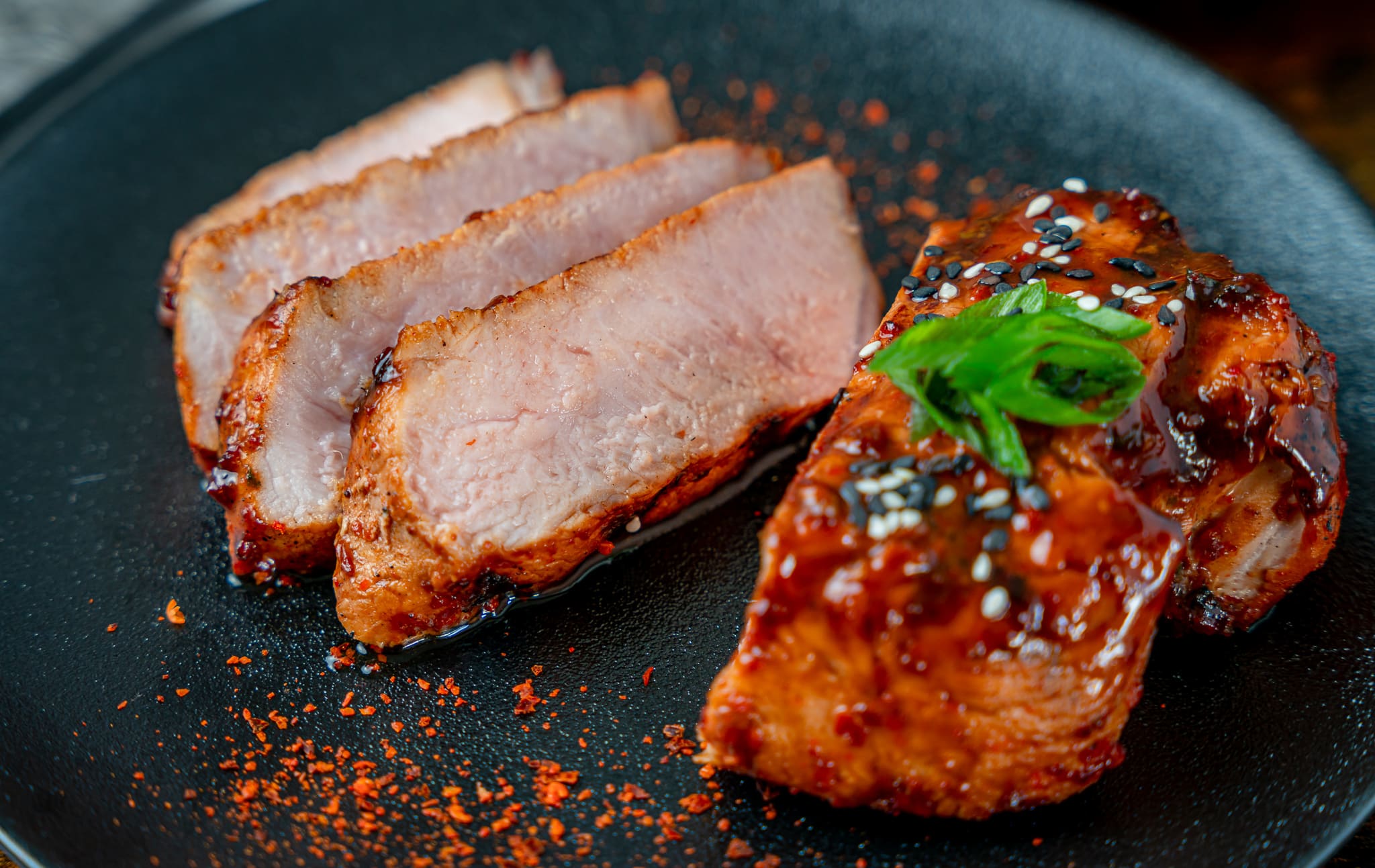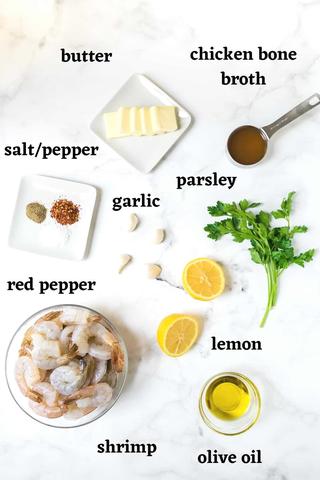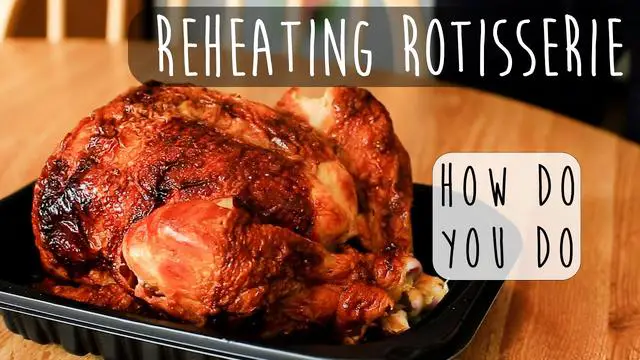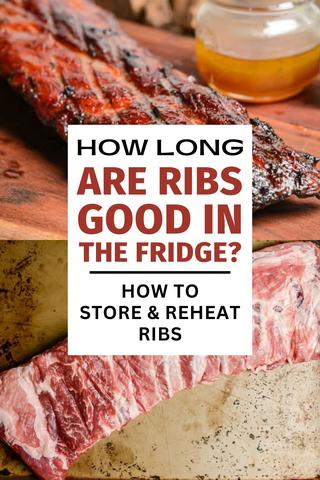
Discover the optimal storage time for ribs in your fridge! From proper food safety to maintaining flavor and tenderness, learn how long you can safely keep these succulent cuts of meat before they lose their freshness.
How Long Are Ribs Good In The Fridge?

According to the United States Department of Agriculture (USDA), raw pork ribs should be cooked or frozen within five days of purchase. Properly sealed and stored ribs can be safe in the fridge for up to five days, as long as the temperature is below 40°F. However, it’s important to note that the fridge cannot completely halt the growth of spoilage bacteria, so there is no guarantee that your ribs will still be good by day five.
When determining if your raw ribs have gone bad, look for changes in color, such as graying or dullness. A sour smell or any bad odor is another indication of spoilage. If the texture feels slimy or sticky when touching the ribs, it means bacteria are reproducing and growing.
Cooked ribs should be eaten or properly stored within four days, again with a fridge temperature below 40°F. Changes in appearance, smell, and texture are also signs that cooked ribs have gone bad. Freezing is the best way to extend the shelf life of both raw and cooked ribs. Raw ribs can be kept frozen indefinitely, while cooked ribs should be consumed within three months for optimal taste and quality.
How To Tell If Ribs Are Bad
When checking if your ribs have gone bad, start by examining the color of the meat. Fresh ribs should be a shade of pink to red, while the fat should be white or light cream. If the meat has turned gray, brown, or dull in color, it is starting to spoil.
In addition to visual cues, pay attention to the smell of the ribs. A sour smell, ammonia odor, or any other unpleasant scent indicates bacterial growth and that the ribs are no longer safe to eat.
To determine the texture of the ribs, touch them when you take them out of their packaging. Fresh ribs should have some moisture and feel firm. If they have a slimy texture or stickiness, this is a sign that bacteria are reproducing and growing.
How Long Are Cooked Ribs Good For?
Cooked ribs should be eaten or properly stored within four days, according to the United States Department of Agriculture (USDA). To ensure the best storage conditions, your fridge should be kept under 40°F. While the fridge can keep food safe for short periods, it is not cold enough to completely halt spoilage bacteria growth.
If you have leftover cooked ribs, it is important to know how to identify if they have gone bad before consuming them. The signs of spoiled cooked ribs are similar to those of raw ribs. Look for changes in color and texture: if the meat has turned gray, brown, or dull in color, and if it has a slimy texture or sticks to your fingers, these are indications that bacteria have reproduced and the ribs are no longer good.
To extend the shelf life of both raw and cooked ribs, freezing is recommended. Food can be kept frozen indefinitely without bacterial growth. However, for optimal quality, the USDA suggests thawing frozen raw ribs within six months and cooked ribs within three months. Proper storage is crucial in preventing freezer burn; use airtight containers or bags to minimize exposure to oxygen.
How To Tell If Cooked Ribs Are Bad
When determining if cooked ribs have gone bad, there are a few key signs to look out for. Firstly, visually inspect the ribs and compare their appearance to when they were freshly cooked. Any major changes in color or texture may indicate spoilage.
In terms of smell, cooked ribs should have a pleasant aroma of wood smoke and spices. If you detect any foul or sour odors, it’s a clear sign that the ribs have gone bad and should not be consumed.
Lastly, touch the ribs to assess their texture. If they feel mushy or slimy, this is an indication that bacteria has started to grow and the ribs are no longer safe to eat.
How Long Do Ribs Stay In The Freezer?
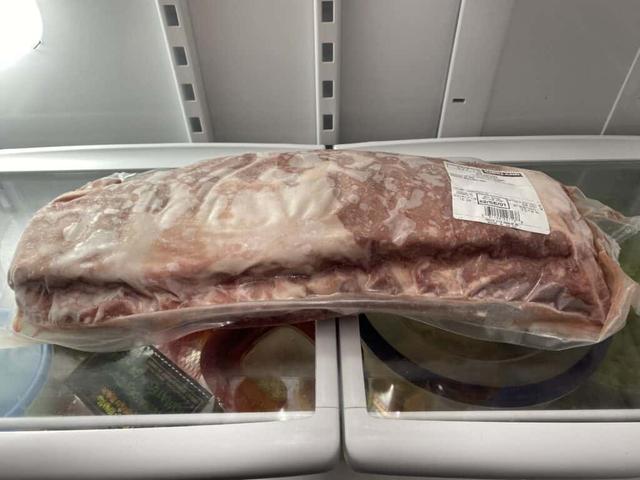
According to the USDA, food can be kept frozen indefinitely, including ribs. Freezing your ribs is the best way to extend their shelf life and prevent spoilage. Bacteria cannot grow in the freezer, so your ribs will not spoil. However, it is important to note that the quality of the meat may deteriorate over time.
The USDA recommends thawing your frozen raw ribs within six months for the highest quality. For cooked ribs, they should only stay in the freezer for up to three months for best results. It is important to properly store your ribs in airtight containers or bags to prevent freezer burn and maintain their quality.
Recommended Vacuum Sealer by FoodSaver
When it comes to properly storing your ribs in the freezer, a vacuum sealer is an excellent tool to have. It helps remove all the air from the packaging, preventing freezer burn and preserving the quality of your ribs for longer periods of time. One highly recommended vacuum sealer brand is FoodSaver.
FoodSaver offers a range of vacuum sealers that are specifically designed for home use. Their sealers come with various features such as automatic bag detection, built-in roll storage, and handheld sealers for sealing jars and containers. The FoodSaver FM2435 is one model that stands out with its versatility and durability.
The FoodSaver FM2435 comes with a retractable handheld sealer, making it easy to seal bags, canisters, and containers without any additional attachments. It has a built-in roll storage and cutter, allowing you to customize bag sizes according to your needs. With its powerful sealing technology, it ensures an airtight seal every time, keeping your ribs fresh and safe in the freezer.
How To Properly Thaw Frozen Ribs
When it comes to thawing frozen ribs, there are a few methods you can use. The best and safest method is to remove the ribs from the freezer and place them in the refrigerator at least one day before cooking or reheating. This allows them to thaw slowly and evenly, while also collecting any melting ice in a container.
If you’re pressed for time, you can thaw your ribs in a bowl of cold water. However, make sure to change the water every half an hour to keep the temperature below 40°F and prevent bacterial growth. Once the ribs are fully thawed, you should cook them immediately as temperature changes can promote bacteria growth.
An alternative option is to use a microwave to thaw your ribs. Keep in mind that you may not be able to fit an entire rack of ribs at once, and thawing in the microwave can start the cooking process early, affecting texture. Like with other methods, it’s important to cook the ribs as soon as they are thawed.
Wrapping It Up
In conclusion, the shelf life of ribs in the fridge depends on whether they are raw or cooked. Raw pork ribs should be cooked or frozen within five days of purchase, while cooked ribs should be eaten or properly stored within four days if kept below 40°F. Proper storage is essential to prevent bacterial growth and spoilage.
To determine if your ribs have gone bad, look for signs such as a change in color, a sour or ammonia-like smell, or a slimy texture. These are indications that bacteria have started to grow, and the ribs should be discarded. Freezing raw or cooked ribs can extend their shelf life indefinitely, although the quality may diminish after six months for raw ribs and three months for cooked ones.
FAQ
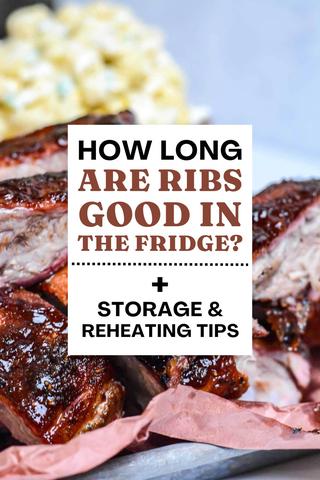
Q: How long are ribs good in the fridge?
A: According to the United States Department of Agriculture (USDA), raw pork ribs should be cooked or frozen within five days of purchase. Cooked ribs should be eaten or properly stored within four days, as long as your fridge is kept under 40°F.
Q: How can you tell if ribs have gone bad?
A: When inspecting raw pork ribs, look for a shade of pink to red meat and white or light cream fat. If the meat is graying, turned brown, or has a dull color, it may be starting to go bad. A sour smell, ammonia-like odor, or any other unpleasant smell indicates that bacteria have taken over and the ribs are no longer good. Slimy texture or sticky fingers when touching the ribs are also signs of bacterial growth.
Q: Can you freeze ribs to extend their shelf life?
A: Yes, freezing can extend the shelf life of both raw and cooked ribs. The USDA states that food can be kept frozen indefinitely without spoilage. However, for optimal quality, raw ribs should be thawed and consumed within six months, while cooked ribs should only stay in the freezer for up to three months.
Q: How should you store raw and cooked ribs in the freezer?
A: To prevent freezer burn and maintain quality, ensure that your ribs are stored in airtight containers or bags. Vacuum-sealed bags are ideal for raw ribs. For cooked ribs, use heavy-duty freezer bags and squeeze out all air before sealing. Wrapping tightly in plastic wrap, aluminum foil, or freezer paper before placing them in a freezer bag is another option.
Q: What is the best method for thawing frozen ribs?
A: The recommended method for thawing any frozen food, including ribs, is to place the package in the fridge at least a day before cooking or reheating. This allows for slow and safe thawing without promoting bacterial growth. Thawed raw ribs can stay in the fridge for up to three days before cooking, reheating, or refreezing. Alternatively, you can thaw ribs in a bowl of cold water, changing the water every half an hour to maintain a temperature below 40°F. Thawing in the microwave is also possible but may affect texture and start the cooking process.
Q: Can you leave ribs to thaw at room temperature or use hot water?
A: No, leaving ribs to thaw at room temperature or using hot water is not recommended. These methods can cause the ribs to spend time above 40°F, which promotes rapid bacteria growth. It is essential to thaw ribs safely using proper methods like refrigeration or cold water.
What’s the difference between baby back ribs, spare ribs, St Louis-cut ribs, and country-style ribs?
Baby back ribs come from close to the backbone of the pig near the loin. They are smaller and more tender compared to other types of ribs. Spare ribs are lower down the ribcage around the belly area. They have more meat on them and are a bit fattier than baby back ribs. St Louis-cut ribs are spare ribs that have been trimmed down and the rib tips removed. This results in a more rectangular shape and a higher meat-to-bone ratio.
Country-style ribs aren’t technically ribs as they are cut from where the baby back ribs meet the shoulder. There might be rib bones in the package, but you’re more likely to have parts of the shoulder blade in your bone-in country-style ribs. They have more meat on them and can be cooked like traditional pork chops.
In conclusion, ribs can be safely stored in the fridge for up to 3-4 days. Beyond that, the risk of spoilage increases significantly. To ensure their freshness and quality, it is advisable to consume or freeze them within this time frame. Remember to always follow proper food storage guidelines for optimal safety.
Learn More About Grilling
If you want to learn more about grilling, check out these other helpful resources!

